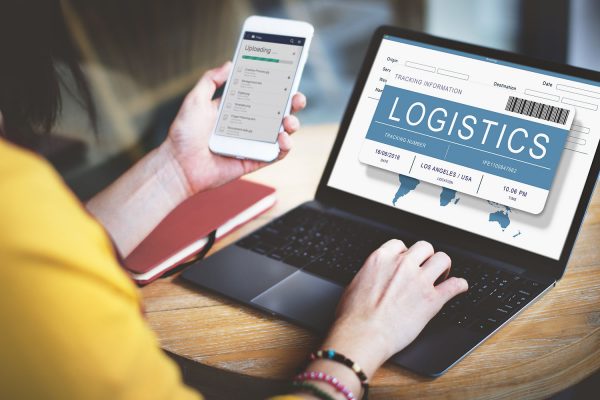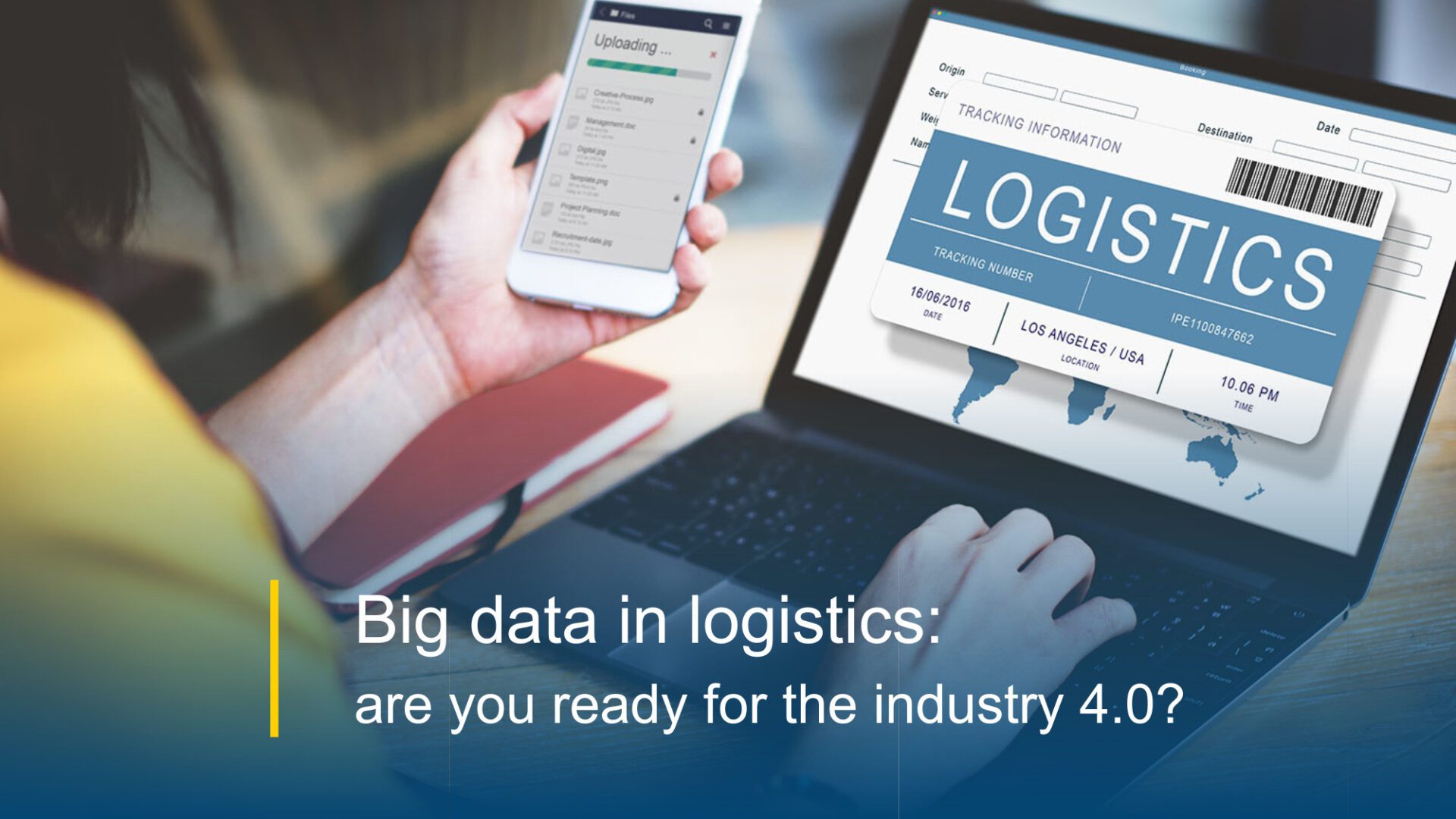Making the most out of your data
By nature postal, parcel and logistics companies are big data companies. They collect lots of data to smoothly run their operations. Certainly track and trace data make the largest piece of the big data cake. Furthermore, ERP data belongs to it such as detailed volumes data, routes, HR information, location data, fleet and vehicles data. There is customer data such as revenues, pick up data, letterbox data, complaints and feedback. Finally, of course, there is also high level financials and controlling data.
Historically, all this data was created to support or automate certain processes and improve its efficiency. It works well for the purpose it was created for. Mostly, though, it stays within this reach and isn’t made available for further analytic approaches. Here comes the downside of the situation in many postal organizations: the data is there, but it is not applied in adequate ways to improve customer experience and service quality and to facilitate product and service innovation.

The combination of customer feedback (Small Data) and process data (Big Data) provides management with a complete picture and is the best basis for strategic decisions and innovation.
Role model Amazon: Utilizing Big Data for improved customer service
Innovative data-driven companies, such as Amazon, Alibaba or Lazada have customer data and customer experience at the core of their business processes. They always look at process backwards from the customer perspective, supported by all the data that can be captured and attached along the customer journey. This gives a clear purpose to each data source and data collection process: it always has to help to improve the service quality and customer experience. This approach has enabled them them to keep the customers on their platform and create added value for their clients every day. For example, Amazon taps all potential sources of data to enrich the information that is already available. For example, all logistics partners must provide track and trace data which is integrated into the customer portal.
Traditional logistics companies have a slightly different approach towards data usage. First questions that are often raised: Are we allowed to use that data? How do we explain that to our IT department? That attitude of course kills any data driven initiative in its roots. So how to deal with that situation?

Customers expect to be able to track their shipment anytime and anywhere. But that alone does not turn customers into fans who recommend a company to others – the goal of any customer experience management (CEM). For example, postal service providers must also provide an application that enables shipment tracking and is user-friendly.
How do we use Data?
Data protection and privacy regulation must be complied in any case. However, there are of course ways how to use the data for analytics purposes to improve the customer experience. First of all, data can be anonymized, so that it is still possible to use data on a detailed level. Furthermore, data can be stored in an aggregated level, which is usually enough for analytics purposes and also easier to process.
When data is broken down to certain locations, branches and departments, it also can be used to present it to the staff that is responsible for the data and results. That way, they can access and follow their own performance through different data aspects and observe their impact on the overall results.
How do we explain this to our IT department?
Data analytics is not the original task of traditional IT departments. Data driven companies have data analysts in every department, since data is driving the business. Thus, big data tasks are wrongly addressed at the IT department. They can probably provide the database, infrastructure or processing power for the task. However, they are usually not the abstract mathematicians, statisticians, visualizers and data diggers that are needed for the job to generate new insights and develop new business models and innovation out of it.
How to start a Big Data driven approach? Six Sigma has proven itself!
There exist some very valuable data driven approaches in the business world. They are deployed in many companies, even traditional ones, and they are much older than big data and the whole buzz around it!
Six Sigma, for example, which is in place in many manufacturing industries, is a good source for methods, tools and approaches of how to make use of data from a customer’s point of view. Correctly applied with the right team, it can help to make more out of the company’s data and find new approaches to align the business model with the changing business environment.
The good news – the next generation is coming and it for sure has a more natural approach to data. The easiest way to get things started is to get some young, fresh and data savvy people and just let them do their job!
Still open questions? Find out more about digitalisation and automation in the postal sector here!
Case studies, industry news, events and much more – you can find it all on our LinkedIn channel!







